
Reduction of Traffic Collision Involvement
As of 2019, there are 276 million vehicles registered and 231 million licensed drivers in the United States*. This means a great number of people are using the nation’s roads, leading to avoidable accidents and unsafe or careless behavior that often go un-ticketed. (*According to the Statista Research Department, Feb 8, 2021)
As a licensed driver, you control your actions and are responsible for avoiding collisions, whether it is your or the other drivers’ mistake. The biggest mistake is the confidence that you are a better driver than everyone else. Statistically, the more you multitask and are otherwise lax in following laws, the chances of avoidable accidents rise over time until it is inevitable.
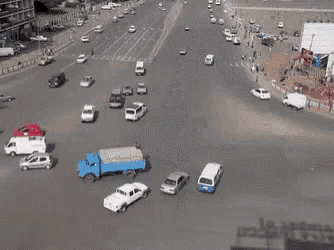
Some quick tips to reduce traffic collision involvement
Pull into traffic slowly.
Stop, Look, Listen. Be aware of blind spots, including those in rear-view mirrors and behind windshield pillars or highway road signs.

Watch for red-light runners.
Count to three before entering an intersection on a green light. Look both ways and be sure no one is trying to speed through a yellow light—exercise caution when passing semi-trucks.
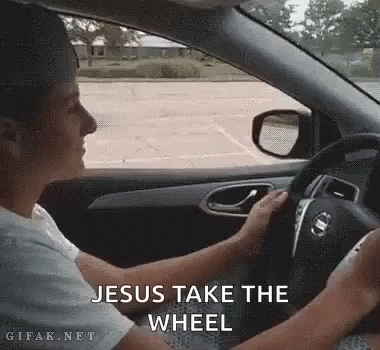
Keep a hold of the steering wheel.
Reduce in-car distractions such as changing radio stations or CDs, cell phones, eating, or momentarily taking a hand off the wheel. A gust of wind, pothole, or a blown tire could send the vehicle into another lane and cause a severe accident.
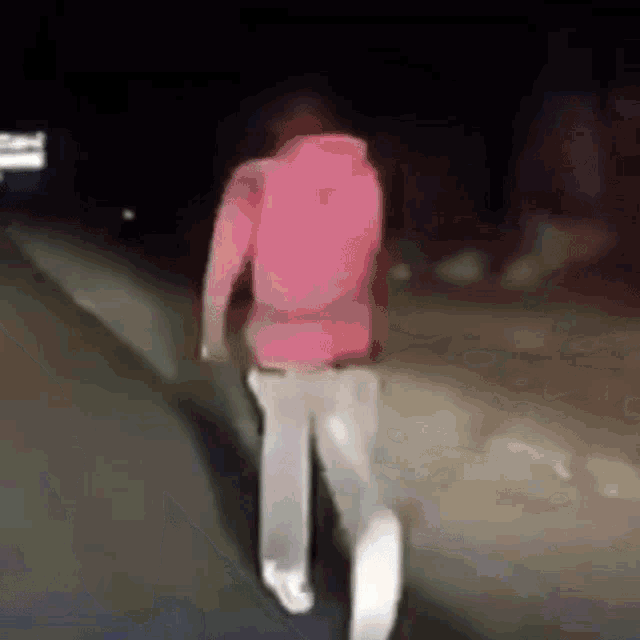
Watch for kids.
Children and animals have a habit of suddenly popping out from between parked cars and into roadways. If you are driving in a residential neighborhood with kids present, observe and slow down.

Perform engine maintenance regularly.
Avoid sudden stalls or other vehicle failures by changing the oil regularly and keeping tires to the proper inflation. Read your auto’s owner manual from end to end to understand your car.
Your car costs thousands of dollars if you don’t know what it needs, it will soon need to be in the shop costing you thousands more. So read the manual, stop right now and go read it!
Spend a little money and take your car to a professional oil change at least every 6 months.
Scan 12 seconds ahead.
Always concentrate on the area where you will be driving in 10-12 seconds. For highway driving, keep positioned far enough from other cars so if someone were to stop or swerve suddenly, you could avoid them.

Look backward when backing out.
Fender benders in parking lots are all too common, so look out for cars leaving parking spaces. Don’t depend on mirrors alone.
Rear-view cameras show you a limited range behind you. Cars or people can enter quickly if you are looking behind you, you as a person have a wider range of vision then your camera.

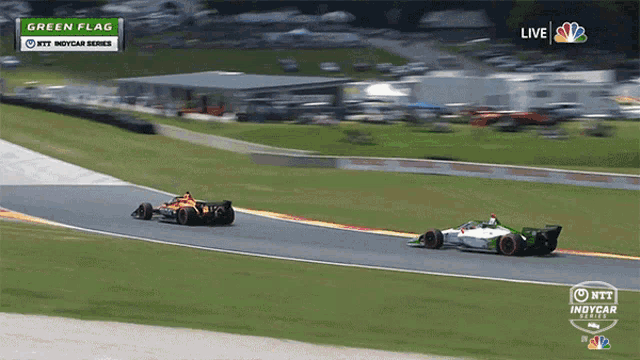
Maintain a safe Interval.
Increase the distance from the vehicle ahead of you according to the conditions of the pavement. Many rear-end collisions occur because drivers don’t leave space to stop. To keep safe… you must keep your distance.

Size and Speed of Approaching Tractor-trailers
Because of its large size, a tractor-trailer often appears to be traveling at a slower speed than it is.
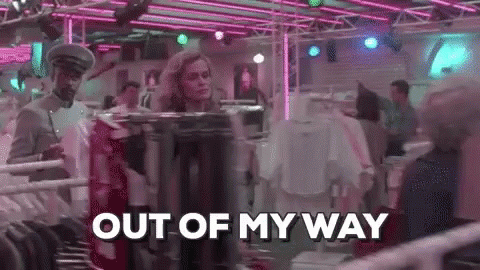
Right-of-Way
Motor vehicle laws of California and other states do not give anyone the right-of-way. The law describes who is to yield the right-of-way. When you can prevent a crash by yielding the right-of-way, regardless of who was supposed to yield, it is, of course, the right thing to do!
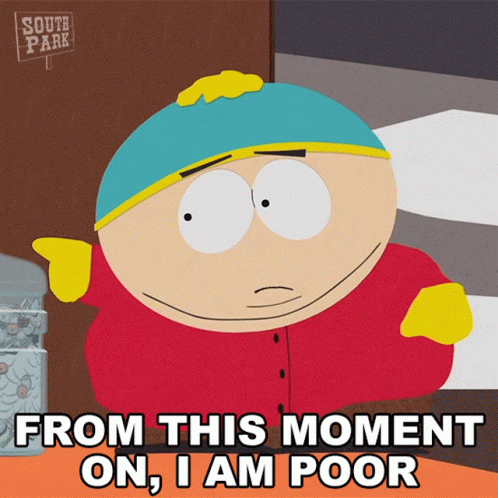
Reduce Traffic Law Violations
There is a natural tendency, at times, for motor vehicle operators and pedestrians to ignore traffic regulations. Although traffic laws are enacted to constrain behavior it is easy to become careless again.
Enforcement actions by police officers, besides stopping a violation, tends to develop avoidance behavior (that is, avoiding doing certain things for which punishment will be received) on the part of drivers and pedestrians.
This sustained compliance is achieved through fear of such punishments as:
- Imprisonment and/or fine
- Increased insurance premiums
- Loss or restriction of driving privileges
- Loss of prestige, embarrassment
- An accident and/or bodily harm
This online course builds on the thought that safe driving shouldn’t be derived from wanting to avoid tickets… but instead comes from a desire for safe and courteous driving from all who are sharing the roadway.
As you progress in the course, we will go over all aspects of driving and the responsibility that goes with it. If you can put into action the information presented to you, it will help you become a safer, more mindful, and aware driver.
